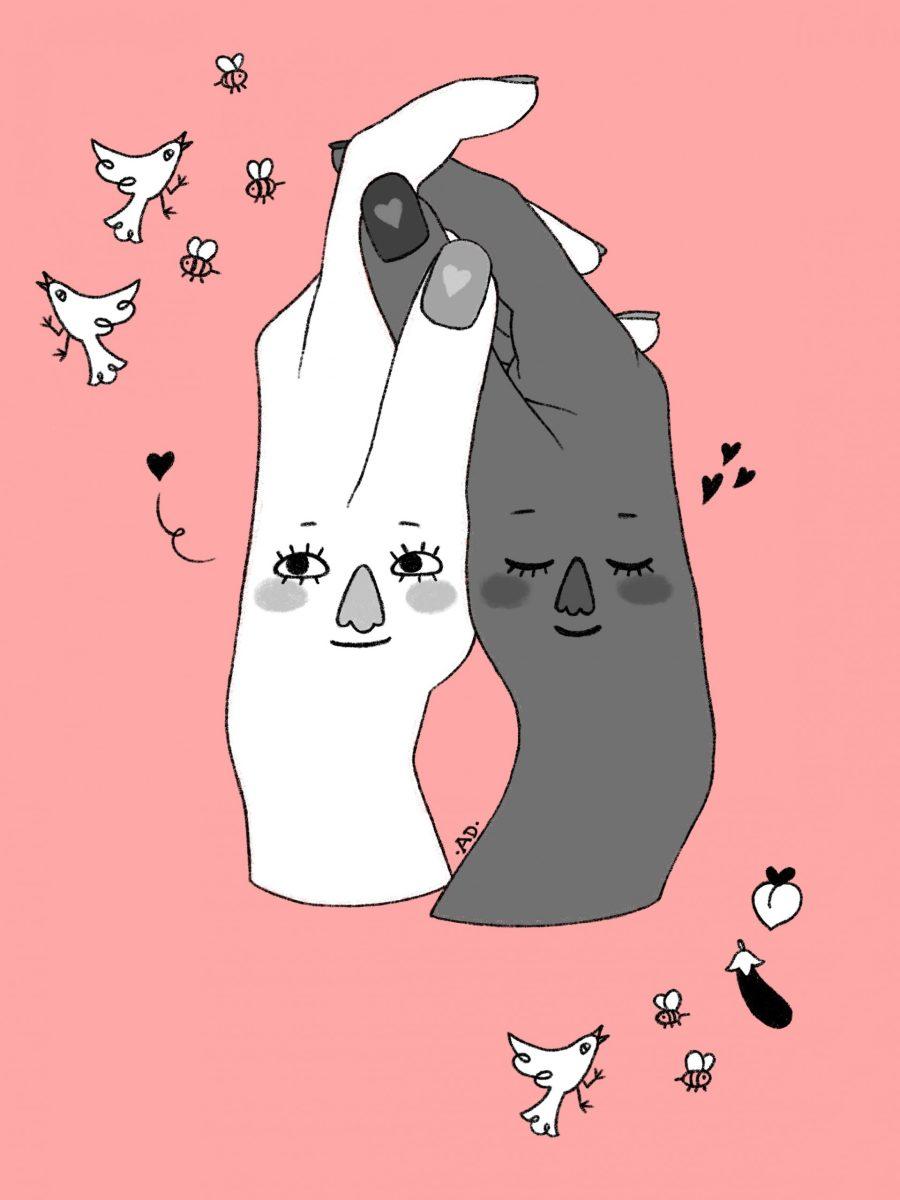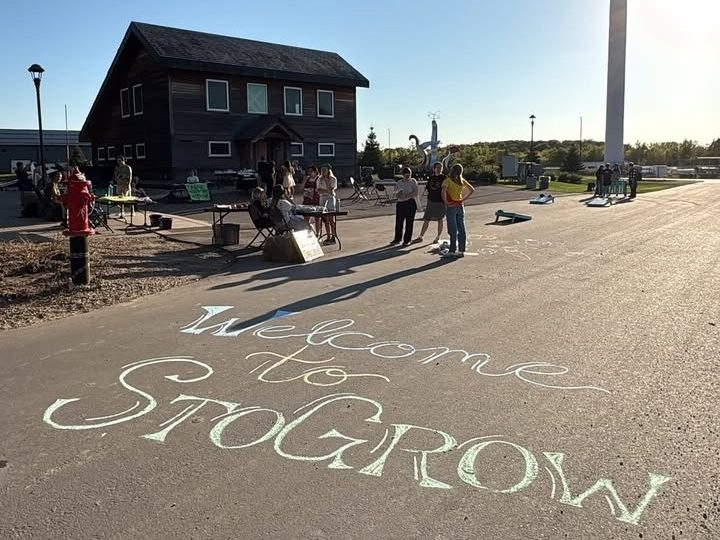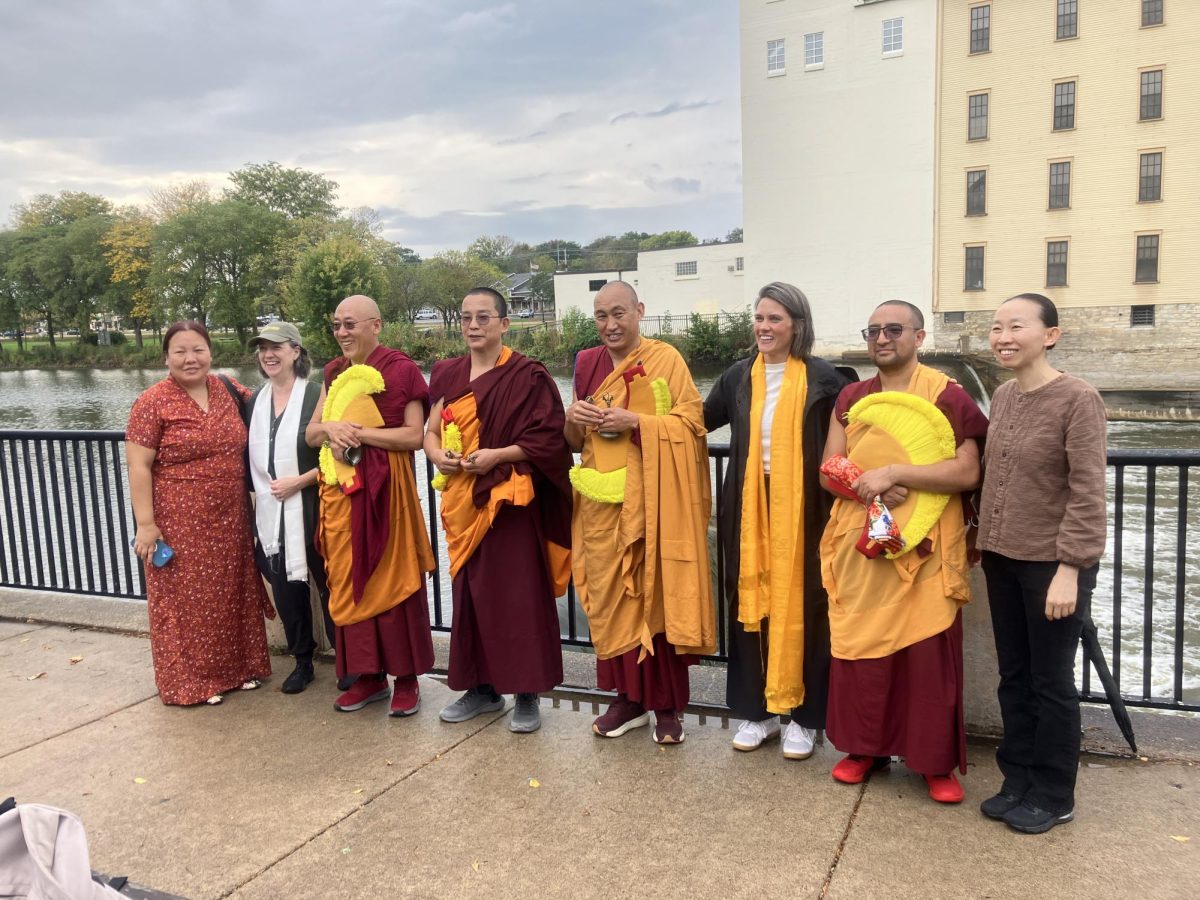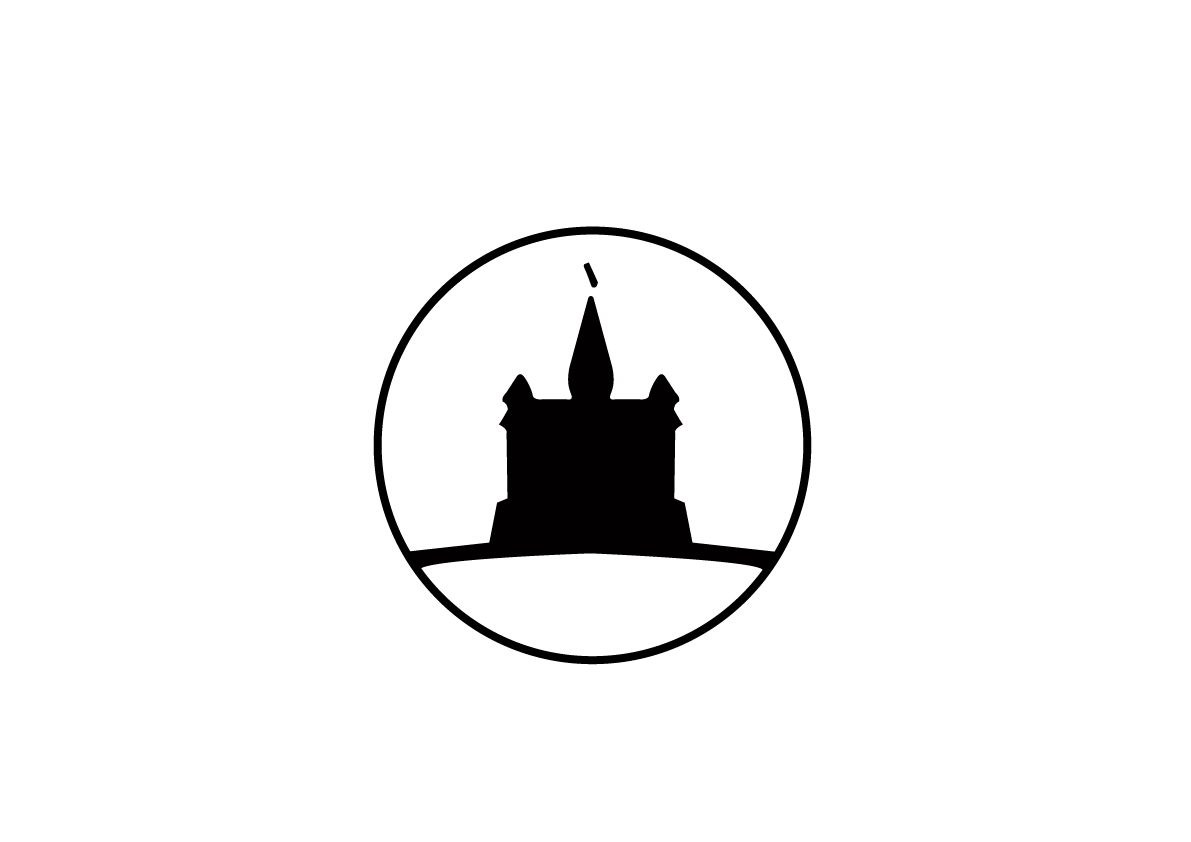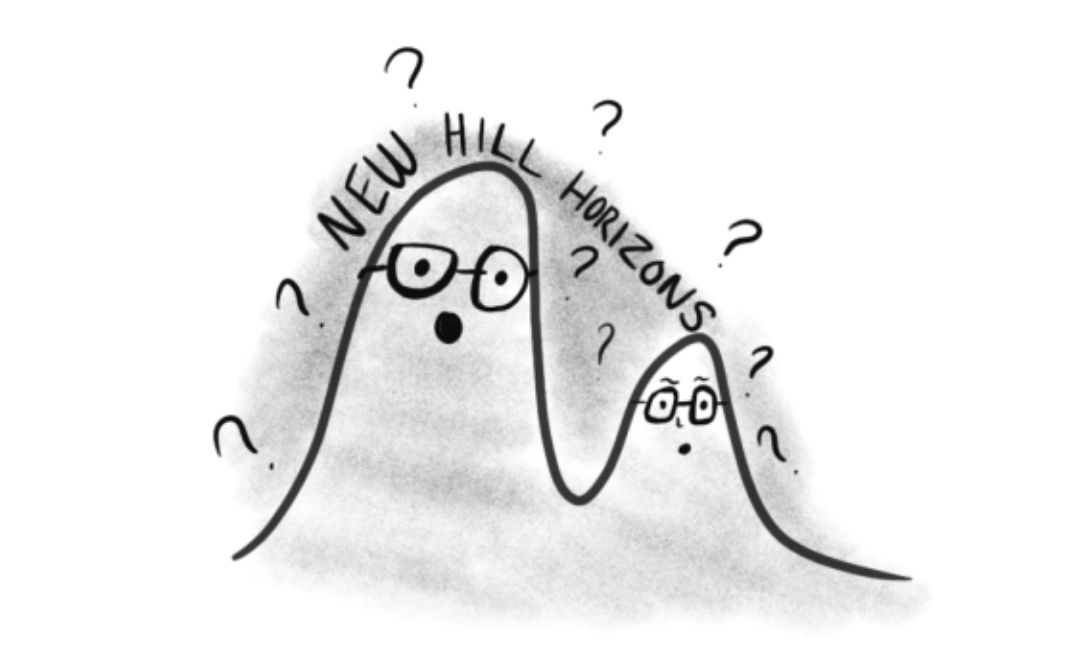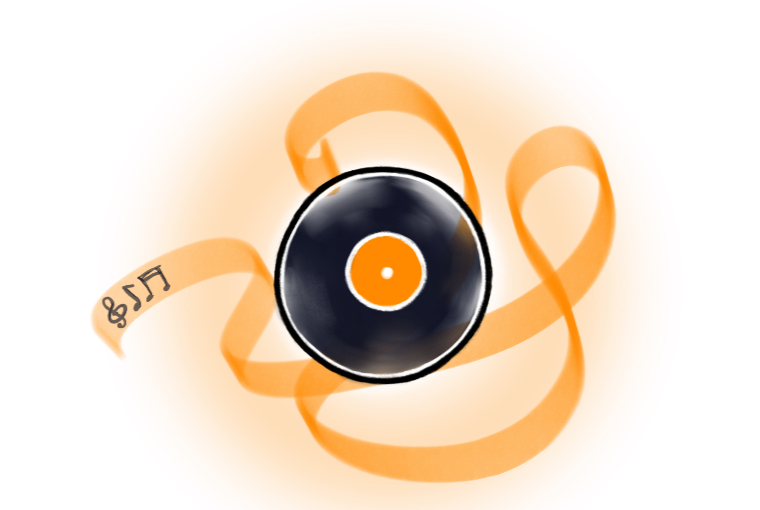Lesbians have an objectively unique relationship to existence. The identity “lesbiansim” within itself contains paradoxes, poetry, and thousands of years of erasure. Lesbians also have different life experiences compared to gay and bisexual people. Although this makes our place in the LGBTQ+ community complicated, this identity makes our romantic and sexual interests profound and special.
Lesbianism does not have to solely define a person’s sexual orientation. Lesbianism increasingly defines gender identity for many people who are assigned female at birth. Because lesbianism excludes men in romantic and sexual circles, many lesbians feel detached from the gender binary since womanhood is typically defined as being the opposite of manhood. Basically, if there are no men in a woman’s life, why would she be a woman?
This is why many lesbians are increasingly choosing to identify as non-binary, transgender, or genderqueer while still identifying as a lesbian. This may seem paradoxical — if someone is female at birth but identifies as transgender or uses he/him pronouns, it might seem backwards to still identify as a lesbian. However, as lesbians continue to explore our relationship with the gender binary, the difference between man and woman blurs and becomes obsolete.
Personally, while I still use she/her pronouns and put female down on forms, I consider my gender identity to be “lesbian”. I see little use in identifying as a woman because I have no relationship to men at all.
Another interesting facet of lesbianism is the unique form of intimacy that we have in relationships and how this intimacy is misconstrued by social media. Lesbian relationships are, in many ways, the same as gay and straight relationships. This might be strange because I just described how lesbianism deconstructs the gender binary, but, yes, our relationships are the same as all others.
Lesbian relationships are soft, delicate, warm, fuzzy, giggly, sweet, caring, innocent, and beautiful. Lesbian relationships are also manipulative, cold, distant, sexual, scary, and destructive. Lesbians can be cheaters and abusers. Whenever straight girls “wish they were gay,” I always think about the awful lesbian encounters I’ve had that are no better than straight encounters.
However, lesbians are able to express themselves more openly because we are free from the male gaze. The male gaze is the perspective of a typical heterosexual man that objectifies women. The male gaze is what made me put on makeup every day for high school and it made me cry when men didn’t have crushes on me.
Most of the time, men didn’t like me because I looked wrong for the male gaze. I had a weird haircut, a different fashion sense, and no curves. However, now that I am free from the male gaze, I am able to dress and look how I want without the fear of objectification, whether positive or negative.
Lesbianism covers every lifestyle, subculture, and aesthetic. There are lesbian vegans, lesbian goths, and lesbian studs. Lesbians can be everything that straight women are ostracized for being. And although I do feel bad that straight girls can’t experience this same freedom, I am still sometimes jealous of heterosexual women.
Lesbians often struggle with compulsory heterosexuality, which is the heterosexuality enforced upon women by the patriarchy. I will cling to every last attractive man, wanting to be bisexual because it would make things—like gender—easier. It took me my entire life until this past year to accept that I, in fact, am not attracted to men.
Lesbianism is complicated. There is even more to unpack in this often forgotten community. Unfortunately, I continue to struggle with my lesbiansim, but there are definitely perks. I love my girlfriend, and it rocks that she loves me, too.
